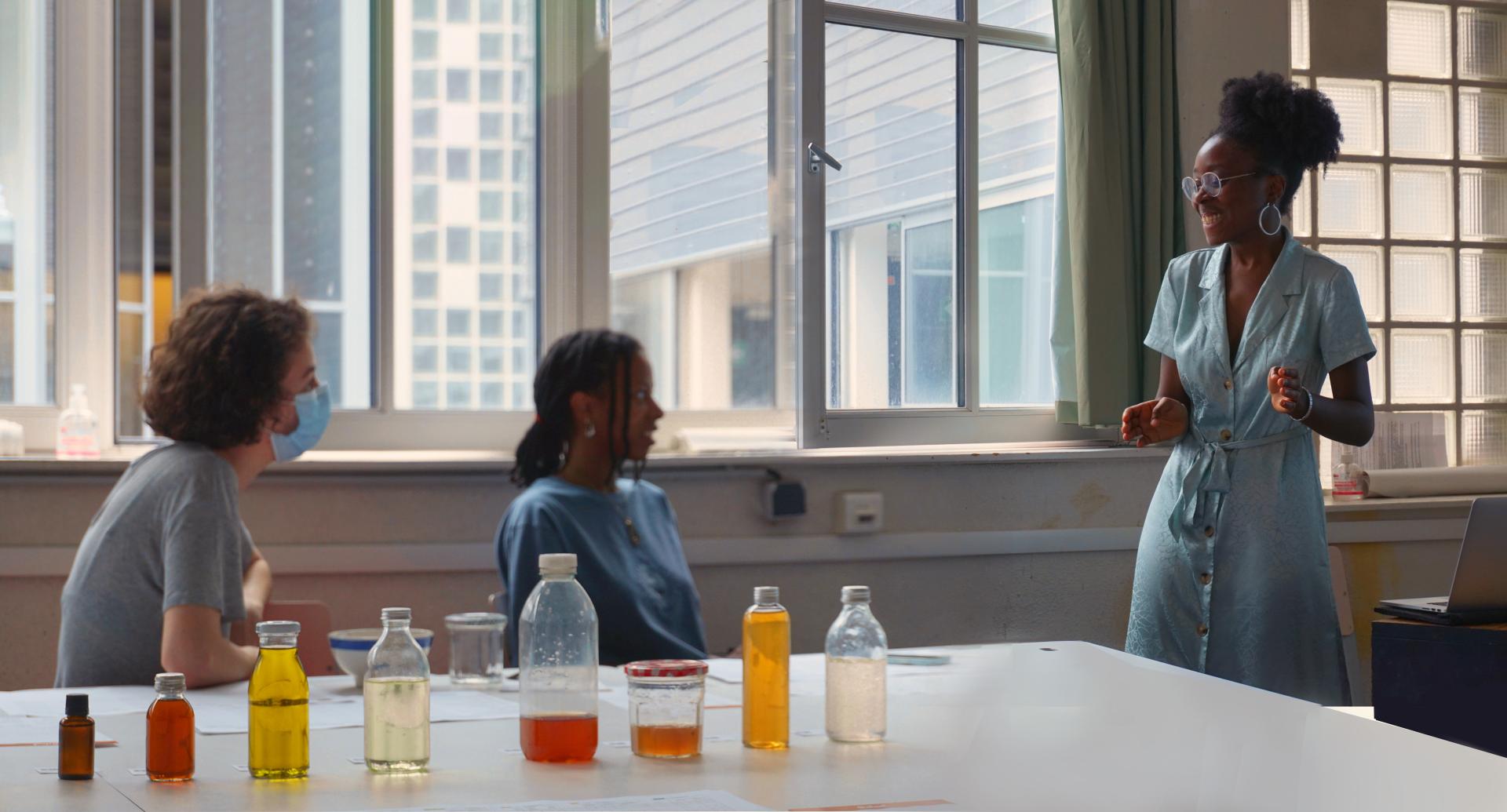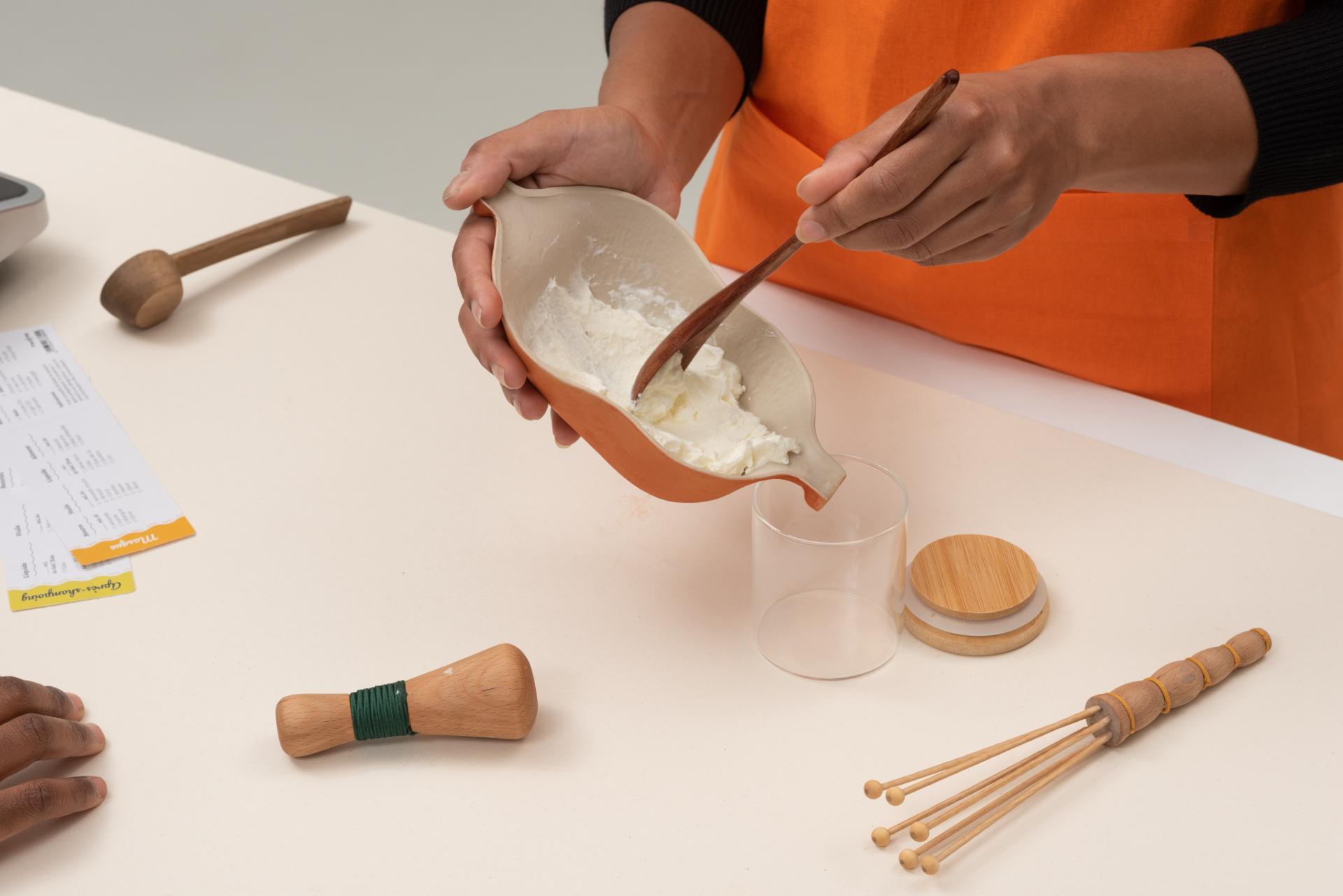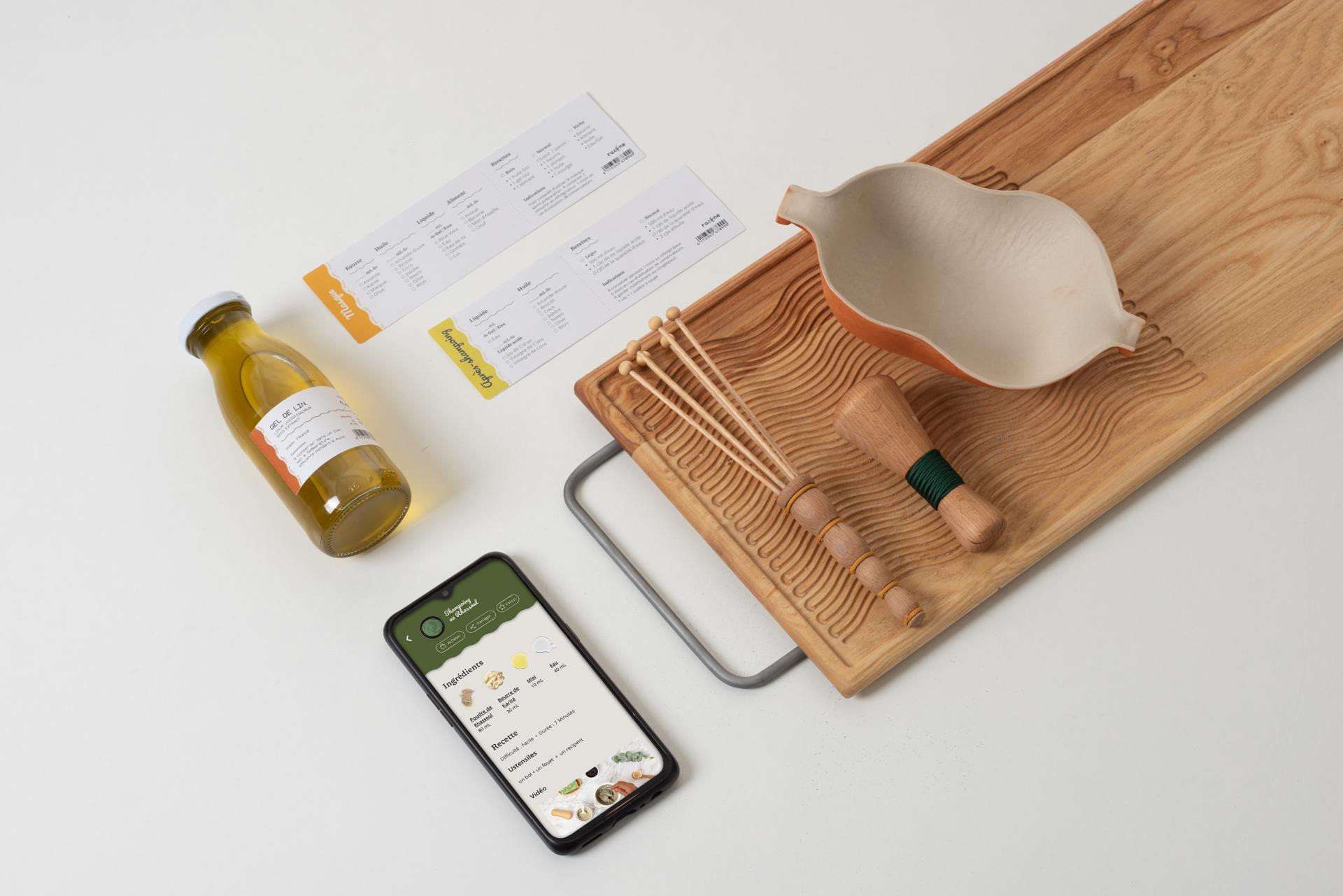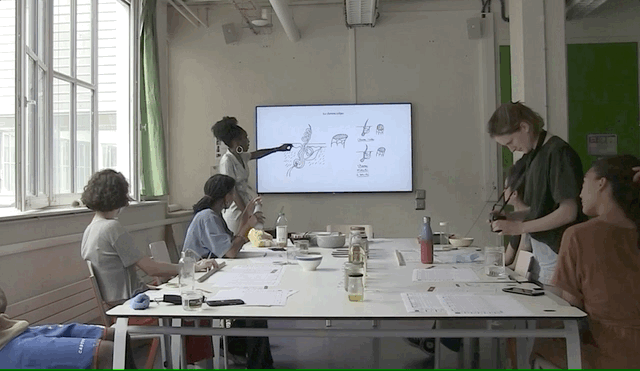Racine - cooking for hair
Basic information
Project Title
Full project title
Category
Project Description
In France, finding products that are truly adapted to curly and afro hair is not easy. In addition to this lack, the absence of representation and valorization leads to a rejection of this hair by the people who have it.
It is to help them to reappropriate their hair that the Racine project was born: a service considering the uniqueness of each hair by personalized advices, the creation of a natural care ritual at home with local ingredients and the presence of a community that looks like them.
Geographical Scope
Project Region
Urban or rural issues
Physical or other transformations
EU Programme or fund
Which funds
Description of the project
Summary
My project is based on :
1) A Hair care cooking workshops that I organize on a volunteer basis
It is a time to discuss their life with their hair (from professional to intimate if desired)
- I teach participants to understand their hair (texture, porosity, thickness,etc)
- They can identify the raw ingredients that correspond to them in a selection of 25 local or fair trade ingredients (butters, oils, clays, natural gels, foods)
-They can create up to five different products (shampoo, conditioner, cream, mask, moisturizer) whose recipes are composed of a maximum of 3/4 products.
-They fill in their “hair ritual” form with all their information (hair analysis, ingredients, recipes)
- We filled together cards informing them of the expiration date, method of use and composition which act as labels for the jars of the products created
-They can keep in touch with the members of the workshop, and have a list of public people (YouTubers and hair bloggers) who share their hair characteristics
2) An app. It allows any French person to have access to the service to avoid any geographical discrimination
It includes all the workshop's steps in a app thanks to :
- The steps of the self-diagnosis
- The care ritual with recipes
- A list of places where ingredients are sold near you (geolocated) or from fair trade
- Recipes with videos
- Personalized selection of blogs/posts from people who have the same hair
3) A range of 4 utensils that help in the creation of care (natural materials and adapted forms) and to take pleasure during the creation of this hair ritual.
There are :
- A two-sided stoneware bowl that allows you to make emulsions, water baths and clay-based mixtures without the ingredient losing its ionic capacity. The calabash inspires its shape.
- A wooden tray that allows you to carry out your preparation ritual both in the kitchen and in the bathroom (it can be used in a bathtub).
- A wooden mortar
- A wooden whisk which facilitates the creation of emulsions
Key objectives for sustainability
My project is part of the ecological transition and because it aims to facilitate the creation of homemade hair care products using a maximum of 4 local raw ingredients or from the fair market for its recipes. This allows to give the power to the consumer and to bypass the classic world of consumption in beauty, which produces a lot of plastic and care of questionable quality.
Racine will also avoid the dumping of synthetic products in the water, to the consumer to have a transparency of the compositions and to avoid the waste of water (at least 1/3 of the total volume of a classic shampoo is water). In addition to all this, the diagnosis of the hair helps to better understand it and to avoid testing a multitude of products, and to create even more waste and pollution.
In addition to that, the promotion of local producers (especially by geolocation) avoids the polluting transport of ingredients to France and promotes local trade.
For me, the project is also in favor of the transition to a more just and united society, because it would create an inclusiveness in the choices available to care for hair. It would ensure an open-source sharing of information on the cosmetic via digital and physical workshop. It would allow a sharing between a multitude of people coming from different backgrounds (my goal is to be able to help people with straight as well as afro hair)
Key objectives for aesthetics and quality
The natural, ergonomic, and playful characteristics of my project as well as the origins of curly hair must shine through the aesthetics of my project.
This is done through :
- All the objects and services allow the implementation of a care ritual that refers to the slow cosmetic and slow food, omnipresent universe in terms of functionality but especially style (this one has influenced my choices)
- The materials used for the ritual objects. Wood is omnipresent (tray, mortar, kitchen whisk), and clay takes a privileged place
- The choice of colors which are natural, ochre and warm tone
- The shape of the bowl. It is simply inspired by the shape of the calabash, an African fruit-object, which refers to the origins of frizzy hair, which is little understood in France (and in Europe generally). This shape makes it easier to grasp the utensil.
- The shapes of the graphics on the cards and the application. The wave recalls the liquid care created, the mixture. This wave also refers to the wavy shape of curly/afro hair.
- The adoption of a tone and a visual identity close to the universe of the kitchen. I want to take a step away from the cosmetics and DIY skincare industry that adopts a laboratory style.This is done by taking photos that look like recipe books, by using words that refer to the kitchen ("recipes", "hair meal", "market", "ingredient", "food")
Key objectives for inclusion
It is important to know that treatments adapted to curly/afro hair are very expensive (a range costs an average of 60 euros) and not very effective (too much water compared to the needs of this hair type). That's why this project is important to give access to healthy, affordable, and ecological hair care to everyone.
During the development of the project, I would like to have at least 25 people benefit directly from my free workshops and tests.
(I was able to do 1 workshop with 6 people in June)
This way I will be able to:
- Have real moments of discussion with them, which is essential for building self-confidence
- To share with them healthy ingredients from sourced places. I can get feedback from them
- I will be able to get feedback from the participants to know how they found the workshop and the products. This project is primarily for them (I am willing to take specific feedback from experienced people about the recipes)
- If they like it, they can share their hair information with each other and on the "Racine" platform. They will have at their disposal a first database of people who have the same hair as them.
Physical or other transformations
Innovative character
Through these different components of the Racine project, I will respond to the promise, which is :
- to consider the uniqueness of curly/afro hair through a diagnosis accessible to all thanks to the app (self-diagnosis), my public workshops, the “ritual” form and all cards/labels.
- to group the elements of representations in a place and on our screens to improve their visibility and census thanks to my public workshops, the app with a personalized and filterable feed (It will be possible to find bloggers, YouTubers, hairstyles and other tips directly related to our hair)
- to diffuse the good gestures and to make accessible good products geographically and financially thanks to my workshops, the app, my utensils and my investigation work to find local producers
This approach will be exemplary thanks to to the complete proposal of this service composed of a human, digital and material dimension.






